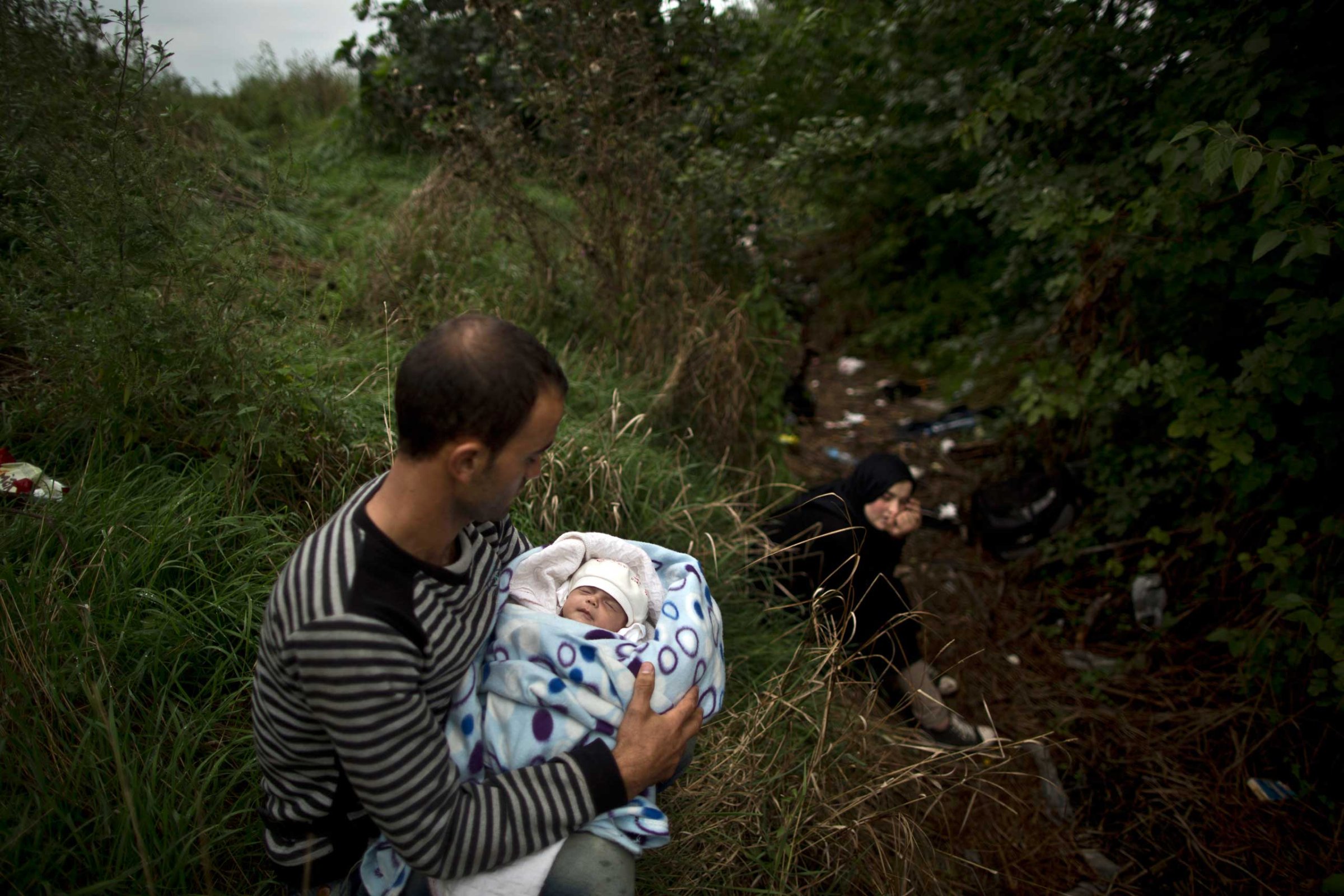
They travel in groups, crossing the border between Serbia and Hungary on foot, following a railway that will bring them to a makeshift camp where they will find respite before continuing on toward Austria, Germany or Sweden.
Among the thousands of refugees fleeing the devastating war in their native Iraq and Syria are hundreds of children—some as young as one month. “Children are the real victims of conflict,” said Muhammed Muheisen, Associated Press’ chief photographer for the Middle East, Pakistan and Afghanistan. “They have no idea what’s happening.”
Ever since he started at AP in 2001, the photographer has turned his lens on children, highlighting their plight as adults wage wars or struggle in extreme poverty. In 2008, Muheisen decided to make children the sole focus of his feature work—he photographed young Afghan refugees in 2013, and last month he was in the dusty camps along the Jordanian-Syrian border, where childhood is nonexistent.
READ MORE: Heartbreaking Photos of Syrian Refugees and Their Newborns
Now, as Europe faces its largest refugee crisis since World War II, Muheisen is once again focusing on these young victims. He arrived in Budapest on Sept. 10, immediately making his way to the border town of Roszke in southern Hungary.
There, he met a Syrian couple traveling with their 1-month-old daughter Roa’a. They fled Syria in hope of a better life in a “safe land,” they told him. “They are so exhausted, they have no idea what’s next,” he said.
In Muheisen’s photograph, the couple is seen hiding from the Hungarian policemen. “They’ve heard that they will have to give their fingerprints if [they’re stopped],” he said. “And they believe that if they give them, they won’t be able to go to Germany or other places in Europe.”
READ NEXT: Inside the Syrian Refugee Camps Where Childhood Doesn’t Exist
Another woman told Muheisen that she had left her war-torn country with only one thought in mind: ensure the safety of her two children.
For these kids, the road is especially trying. “I ran into a young boy who looked traumatized,” said Muheisen. “They walk for a hundred meters and sit and rest. I don’t think they have a clue of what’s happening.”
Some of the children in Muheisen’s photographs are smiling but, he said, that’s because these trying circumstances have become their new normal. “They’ve been on this journey for a while,” he said.

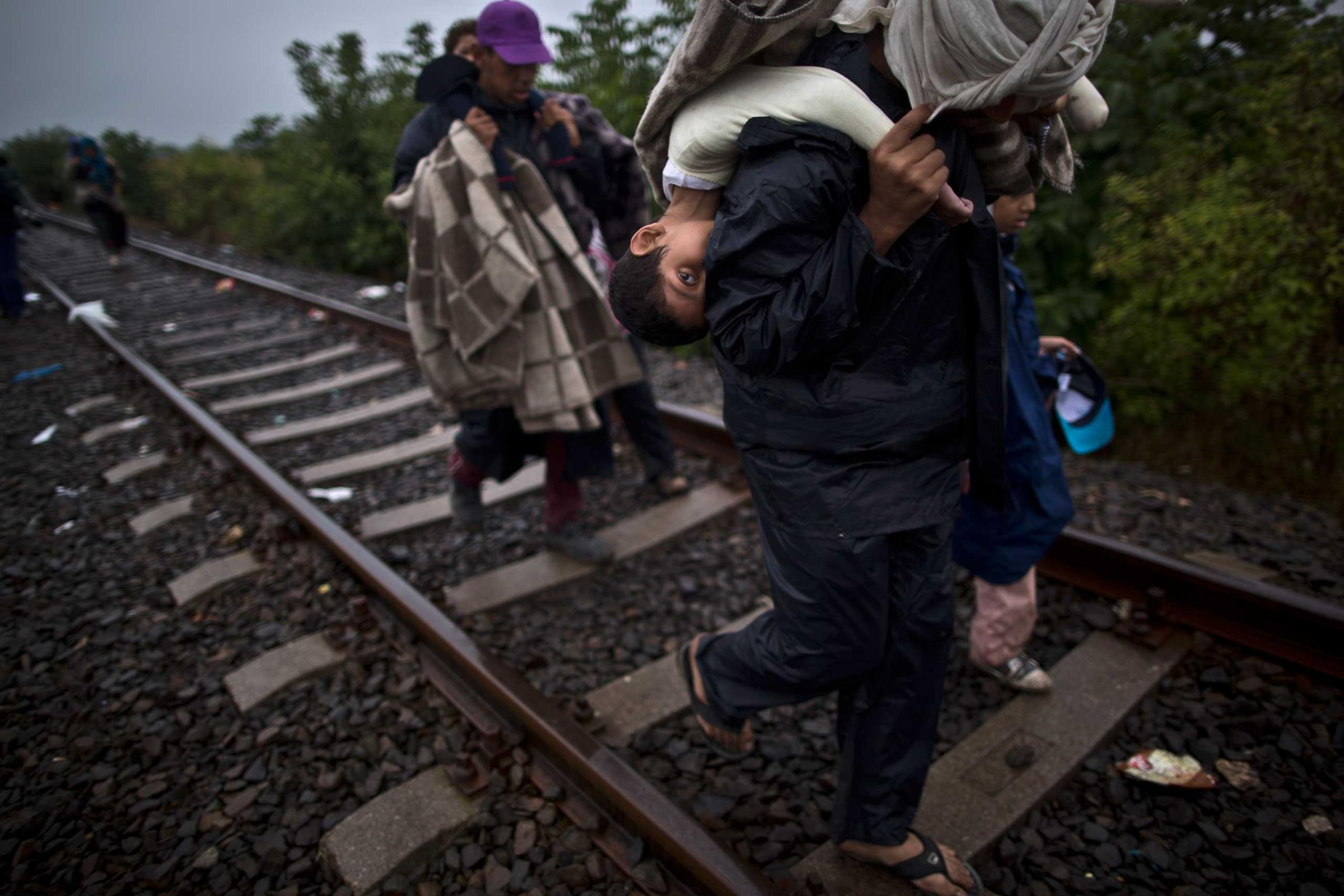

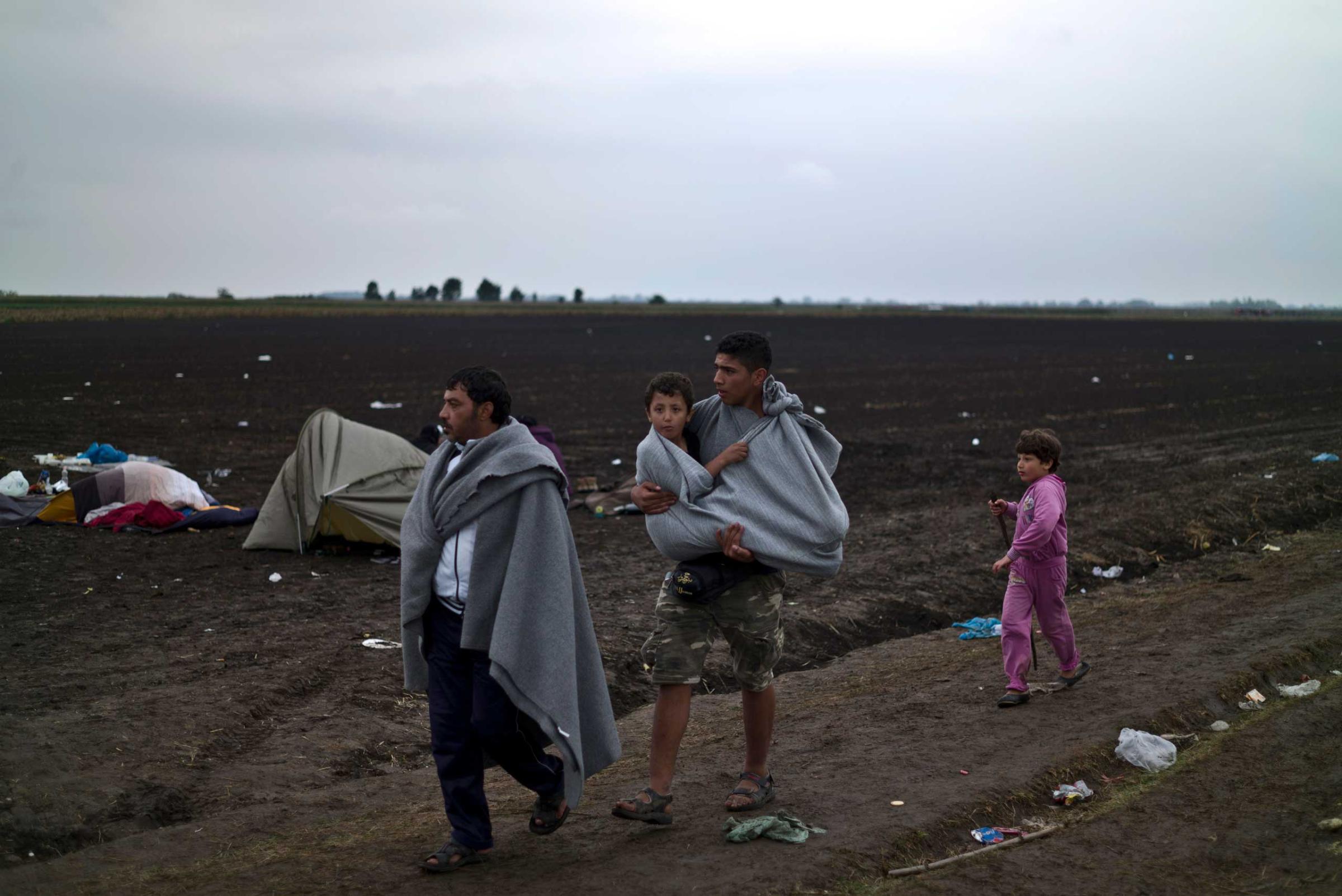
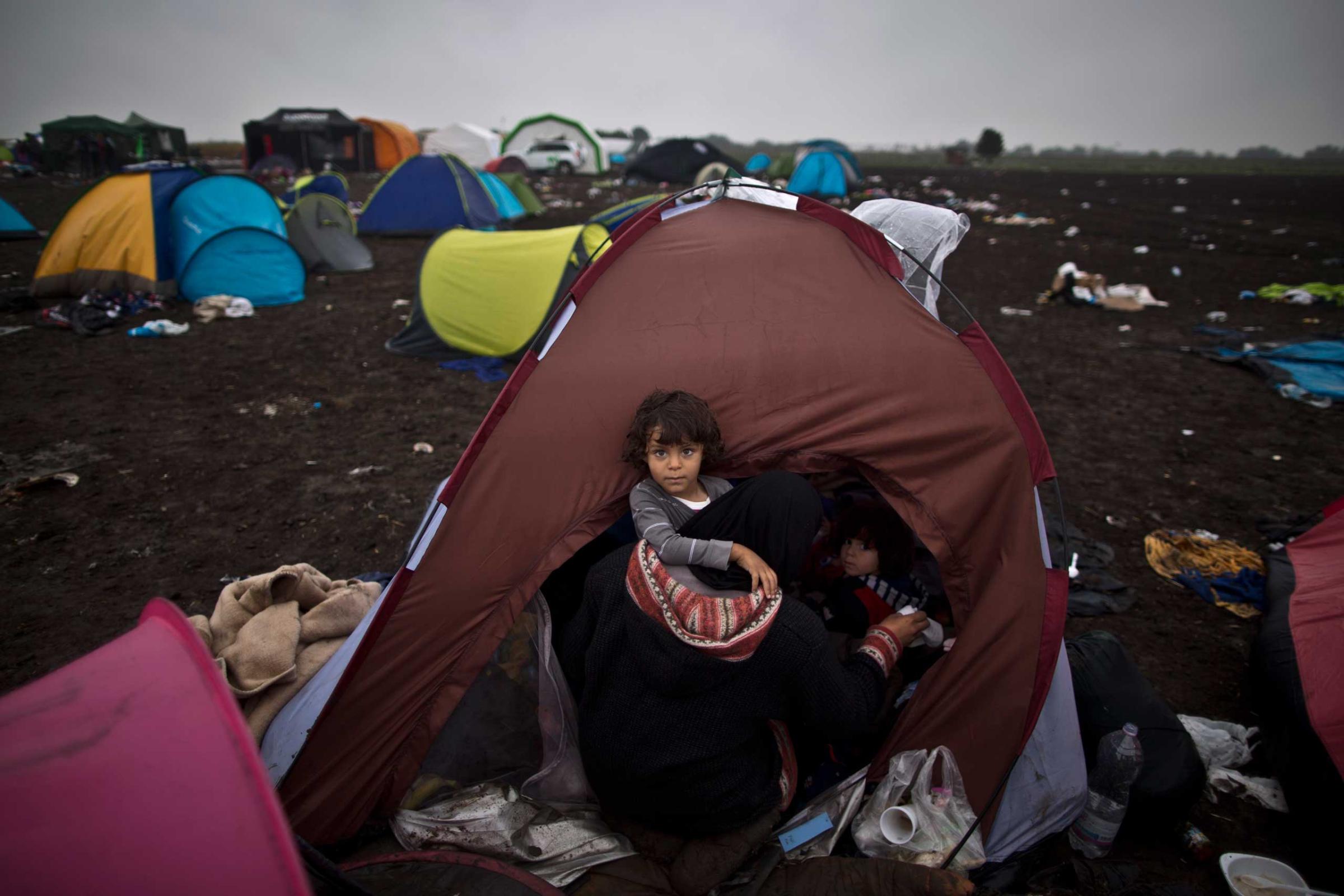
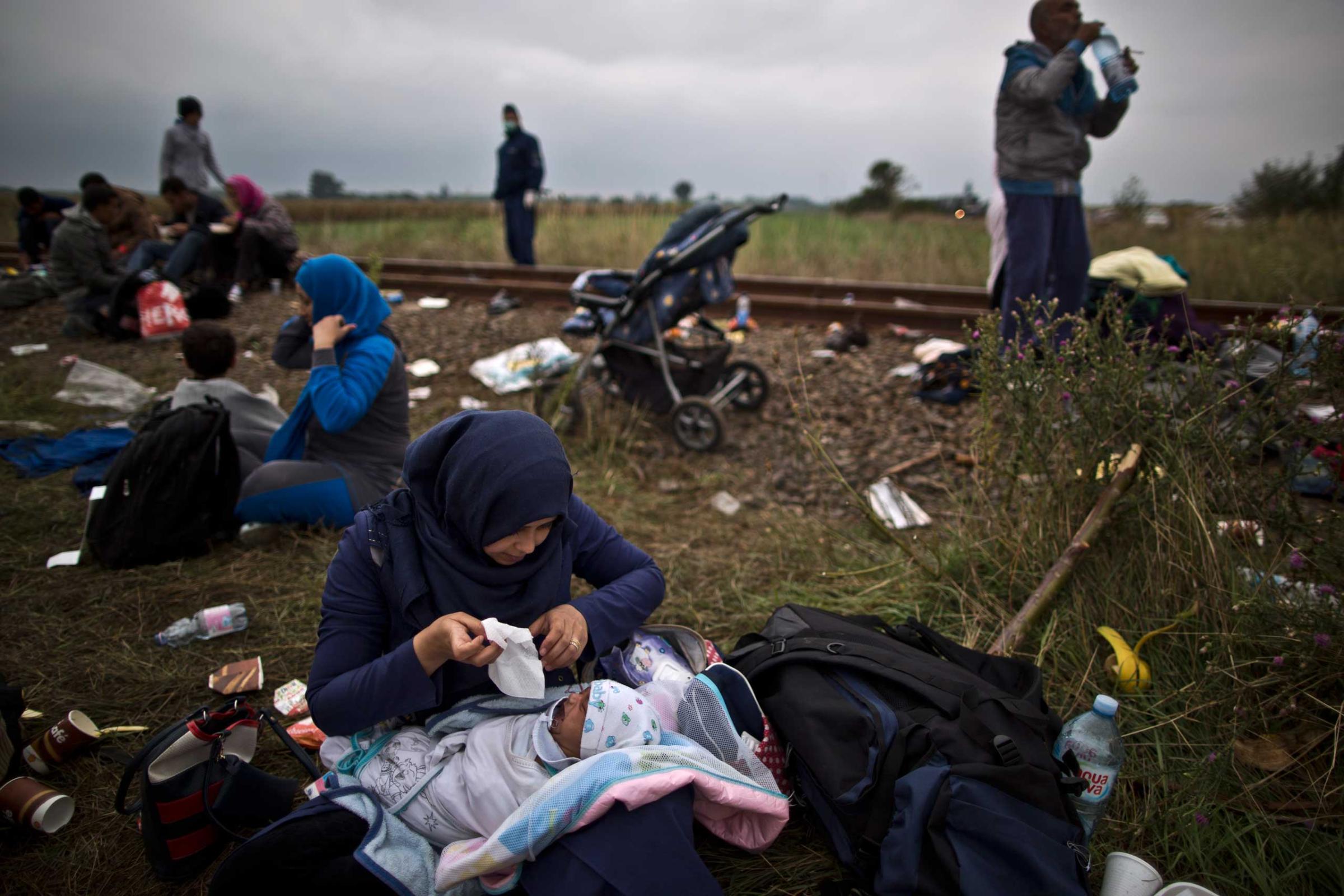
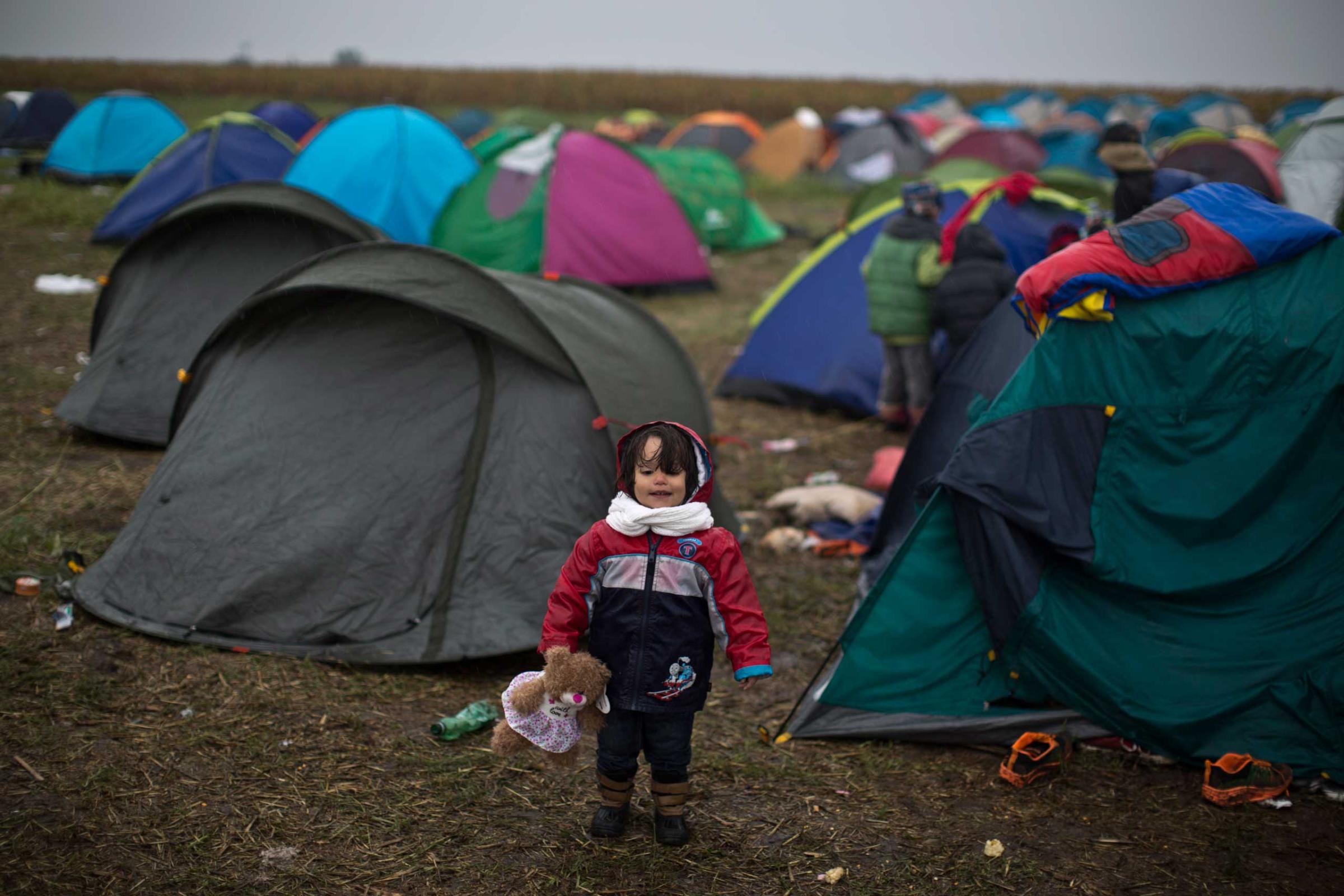

More Must-Reads from TIME
- Why Biden Dropped Out
- Ukraine’s Plan to Survive Trump
- The Rise of a New Kind of Parenting Guru
- The Chaos and Commotion of the RNC in Photos
- Why We All Have a Stake in Twisters’ Success
- 8 Eating Habits That Actually Improve Your Sleep
- Welcome to the Noah Lyles Olympics
- Get Our Paris Olympics Newsletter in Your Inbox
Contact us at letters@time.com